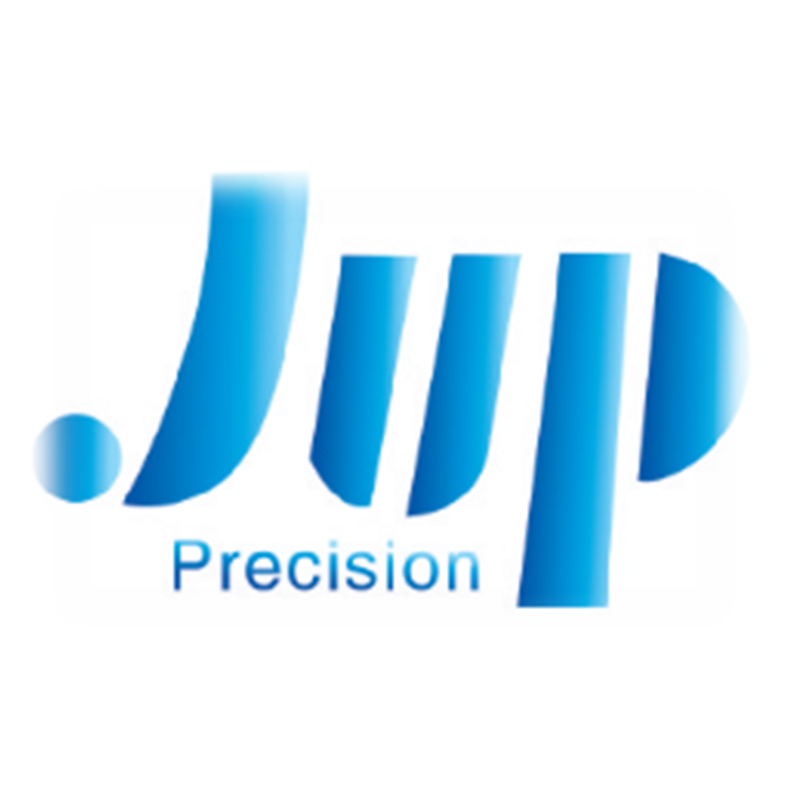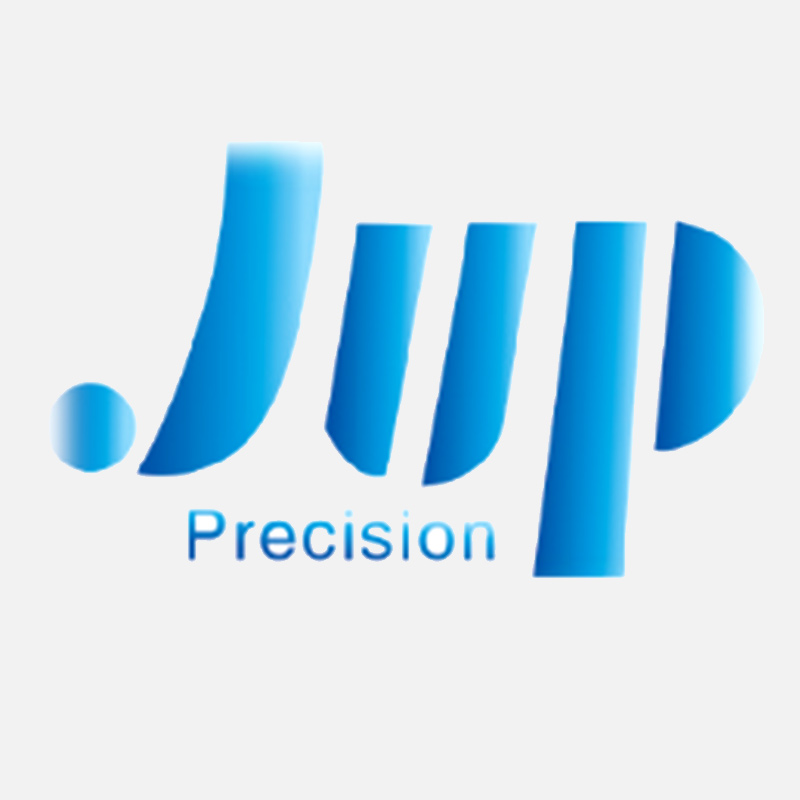A brief introduction to the use of polypropylene PP plastic particles
Release date:2022-12-20
1. Engineering plastics such as polyethylene, polyvinyl chloride, polystyrene, polyester, and polyurethane, as well as special plastics such as nylon, polytetrafluoroethylene, polyformaldehyde, polycarbonate, and organosilicon, thermosetting plastics, functional polymer plastics, such as artificial kidneys, heart vessels, aerospace industries, etc. This paragraph introduces the types of PP, recycled plastics, and polypropylene PP; A plastic material called polypropylene in Chinese, which can be used as general structural parts, corrosion-resistant chemical equipment parts, and thermal electrical insulation components; PE is polyethylene, which is made of plastic particles and has relatively low strength, softness, and good elasticity. However, its mechanical properties, scratch resistance, and transparency are not good. Many PE films are used as protective films, and the ones that are not used are discarded. The price is also very low. PP film is made of polypropylene, which is made of these plastic particles; PE polyethylene and PP polypropylene plastics are the two most commonly used engineering plastics, which are non-toxic, inexpensive, and have good molding process. They can meet the requirements of general structural parts with low strength and heat resistance, such as washing machine inner buckets, dehydration buckets, household plastic products, plastic bags, food containers, etc; The uses of polypropylene include 1. household appliances, 2. plastic pipes, and 3. high transparency materials. Currently, there is a significant gap between domestic and foreign transparent PP special materials, and the production and application of transparent PP resin and its products still need to be strengthened. There is a lot of information about polypropylene when looking for plastics. You can learn more about it.
2. Polypropylene, also known as PP, has a molecular formula of C3H6n. It is used for injection molding, extrusion molding, and the production of various products, as well as various fiber narrow bands and films. As a thermoplastic polymer, PP has a wide range of applications in the field of plastics. Due to the different catalysts and polymerization processes used, the properties of the resulting polymer are; Polypropylene PP particles are a type of plastic raw material widely used in injection molding, blown film extrusion, and other fields. Whether recycled polypropylene particles can produce ton bags depends on the quality requirements and form of the bags; The use of polypropylene is in food packaging and household goods. In China, polypropylene is mainly used in food packaging, household goods, automobiles, optical fibers, and other fields. The largest area of polypropylene use in China is in woven bags, packaging bags, bundling ropes, and other products, accounting for about 30% of total consumption. With the development of polypropylene injection molding products and packaging films.
3. 1. Polypropylene household products are the largest among plastics, such as bowls, ladles, pots, buckets, freshness boxes, and so on. Most of the food we come into contact with is made of 4PP pipes, and PPR pipes are also made of PP. 5. Modified PP has great applications, such as in cars and electrical appliances; Corrosion resistance, tensile strength of 30MPa, better strength, rigidity, and transparency than polyethylene. The disadvantage is poor low-temperature impact resistance and easy aging, but it can be overcome by modification and adding antioxidants. Polypropylene can be used as a synthetic resin and further made into plastic. Another use of polypropylene is as one of the six major synthetic fibers; Polypropylene, abbreviated as PP, is a semi crystalline thermoplastic with high impact resistance, strong mechanical properties, and resistance to various organic solvents and acid-base corrosion. It is widely used in the industry and is one of the common polymer materials. Australian coins also use polypropylene to produce polypropylene; The proportion of plastic raw material PP used in injection molded products can reach about 50%, among which ordinary PP is used as raw material for daily necessities, and PP is mainly used as raw material for strengthening or toughening automotive parts. Its use is mainly based on high impact strength and low brittleness temperature copolymer polypropylene PPC raw material, and PP has gradually become the automotive plastic raw material; Plastic pellets are generally divided into EVA, first grade, second grade, third grade, and color printed pellets. This paragraph introduces the types of PP recycled plastics. Polypropylene PP is semi transparent and waxy when not colored, lighter than polyethylene, and has better transparency and hardness. It is mainly used in pots, buckets, furniture, and thin materials; Widely used in daily products, packaging products, plastic bags, films, toys, automotive parts, medical parts, office parts, communication digital products, aerospace equipment parts, and other fields, plastic pellets have a wide range of applications and are almost ubiquitous. It can be said that "anything is possible".
4. In addition, its corrosion resistance is very strong, so it has been processed into many insulation parts and tableware products. The role of polypropylene plastic is that polypropylene plastic has good flexibility, while low-density polypropylene plastic has good transparency and flexibility, and high-density polypropylene plastic is relatively hard; Polypropylene PP foam material, produced by Wuhan Futia New Materials Co., Ltd., is a professional polypropylene PP foam masterbatch that can be used for building templates, automotive interior parts, PP foam rattan, cultural and sports products, EPP applications, etc.
5. Methyl groups arranged on the same side of the main chain of the molecule are called isotactic polypropylene. If the methyl groups are arranged in an disordered manner on both sides of the main chain of the molecule, it is called random polypropylene. When the methyl groups are alternately arranged on both sides of the main chain of the molecule, it is called syndiotactic polypropylene. Generally, in industrial production of polypropylene resins, the content of isotactic structures is about 95%, and the rest is used for random or syndiotactic polypropylene purposes.
Previous article:None
Next:What modified plastics are used in the production of car headlights



